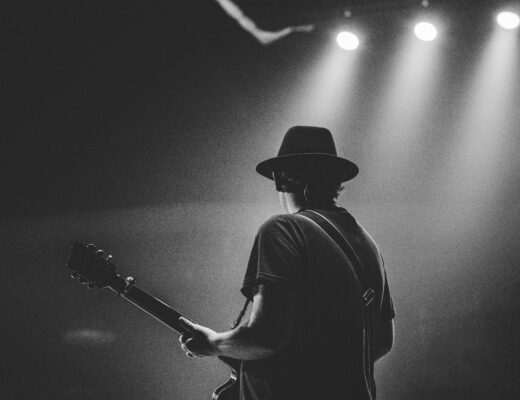Unless you have been living under a rock for the last 15 years, it is unlikely that the hype around EDM (electronic dance music) has evaded you. Yet, the definition of the acronym is a little less well-known and largely depends on who you ask.
While some proclaim that EDM is not a genre, others can place it well in the evolution of dance music. Here, we will outline how EDM came to be by looking at its history and integration into popular music culture to clear any confusion.
What is EDM music?
Danceable electronic music predates the term EDM by decades. Even though, in essence, that is what EDM is; electronically produced music, made with digital and analogue equipment, designed to build the euphoria raves, nightclubs and festivals. However, it is important to see EDM not as a genre but as a clever feat of commercial branding instead.
For context, here is a little history. The roots of electronic music go as far back as the 60s, a time when electronic soundscapes started to transpire from dub, electro-pop and hip hop. Even when house music was born in Chicago in the 80s and trance and techno started taking Europe by storm in the 90s, EDM still had a while to wait before it arrived on the scene.
In the 80s and 90s, club culture took off in a big way; across Europe and the US, house music started to build thriving underground scenes free from commercialisation and big-label influence. Rave culture, which was synonymous with ecstasy, gurning smiles and dayglo clothes, simply wasn’t very marketable – until branding magic was worked upon it.
Fast forward to the 21st century, American music industry moguls and media execs started to push the term EDM in an attempt to rebrand rave culture into a much more PG one and cash out on it. By the early 2010s, techno, house, electro, and dance-pop became lumped together in a more marketable package, and the likes of David Guetta, Daft Punk, Tiesto, Skrillex started to gain cult followings. The Grammy award-winning artists led the way for even more big-name artists and DJs, including Martin Garrix, Steve Aoki and The Chainsmokers.
Of course, rather than allude to the mainstream hijacking of dance music culture, music magazines such as MixMag, attempted to sell EDM as a genre of its own, by describing it as drop-heavy, fist-pumping, and stadium-filling – emphasis on the stadium-filling. In the 80s and 90s, free parties and raves were integral to the communities created by EDM artists and fans. After the turn of the century, major festivals designed to appeal to electronic music fans cost hundreds of pounds and made the festival organisers millions.
And there we have it, the definition of EDM music is more of an explanation of music capitalism. But with that in mind, EDM music blogs and grassroots scenes are still leaving the power within the community for all artists choosing to define their music as EDM.


No Comments